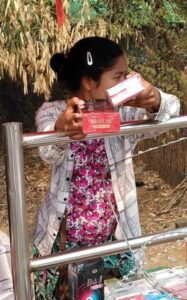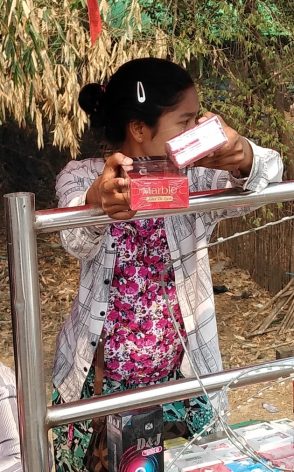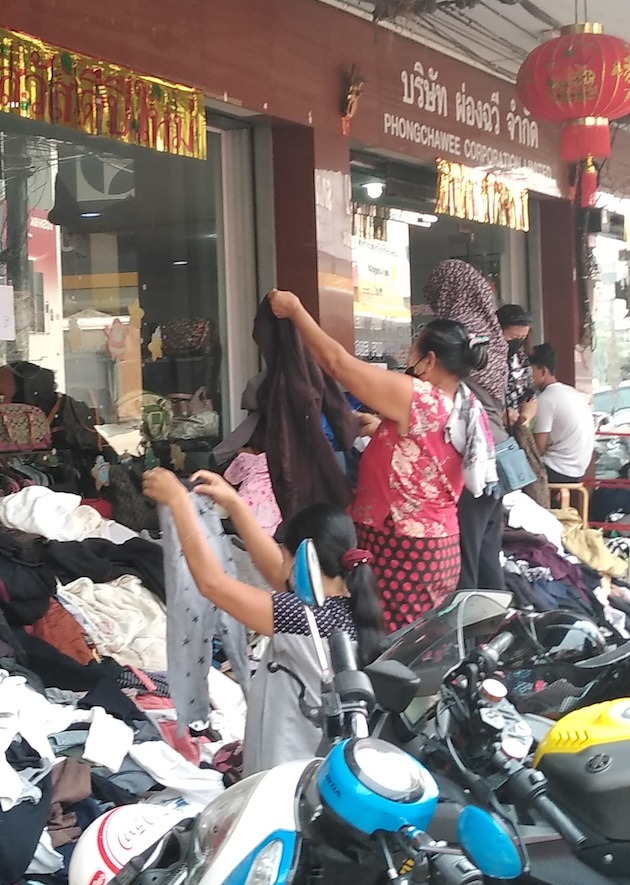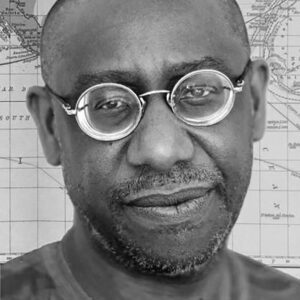
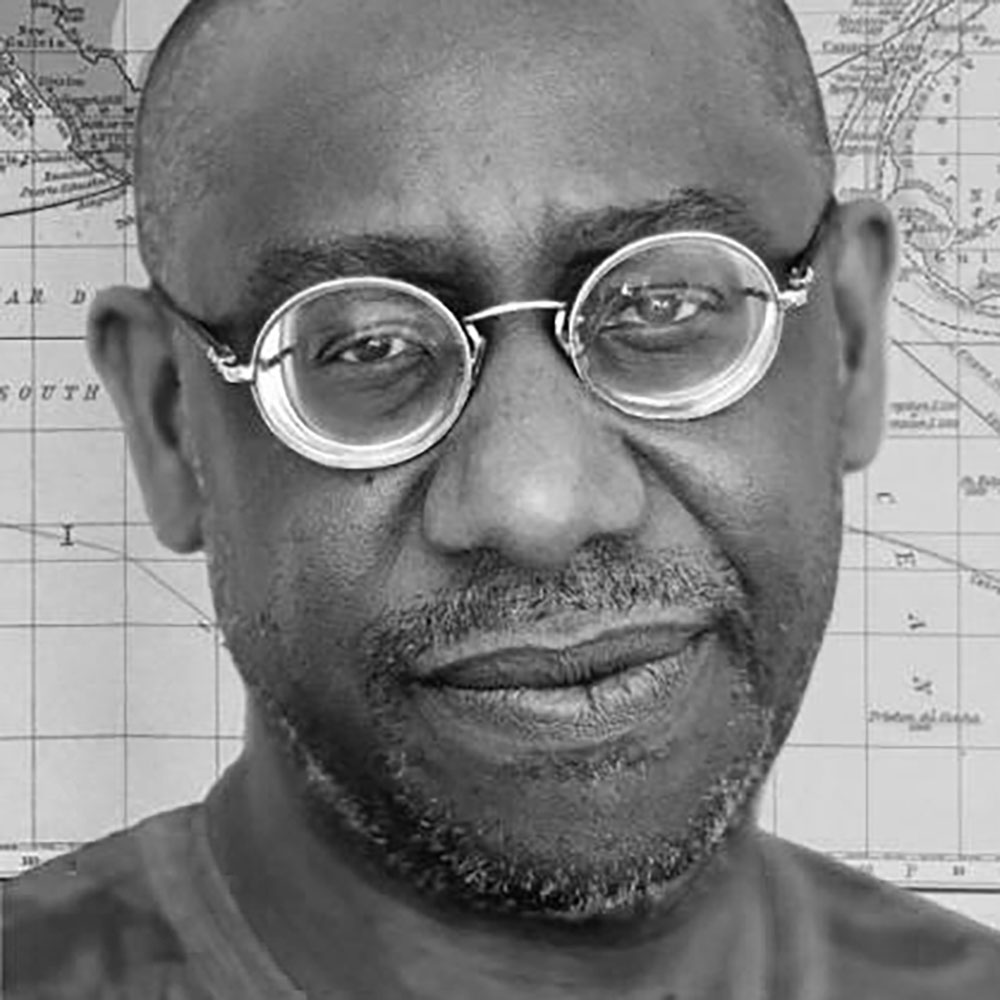
‘Global Africa” is a term popularised by the late Kenyan scholar Ali Mazrui and used to refer to African diasporas of enslavement and colonialism, covering the Americas, the Caribbean, Europe and the Indian Ocean.
My recently published Global Africa: Profiles in Courage, Creativity and Cruelty (Jacana) consists of 100 essays, written over the past three post-apartheid decades. They cover historical and political figures, technocrats, activists, writers, public intellectuals, music and film artists and sporting figures.
The essays seek to capture the zeitgeist of the post-apartheid era, arguing that Africa’s liberation struggles were mirrored by similar anti-colonial battles in the Caribbean as well as the American civil rights movement.
The book examines three historical figures: Cecil Rhodes, Mahatma Gandhi and Woodrow Wilson.
Rhodes was the greatest symbol of imperialism during the late 19th century, plundering Africa’s riches by often brutal means while expanding British colonial territory.
Wilson was the US president from 1913 to 1921. His supposedly “liberal” foreign policy entailed imperial “gunboat diplomacy” in Latin America and the Caribbean.
Gandhi has been widely lauded for his role in the liberation of the colonial world. His many racist utterances during his 21 years in South Africa (1893-1914) have, however, recently tarnished his legacy in Africa and beyond.
The book also provides kaleidoscopic profiles of 18 African and eight Western political figures: Ghana’s Kwame Nkrumah and two of South Africa’s Nobel peace laureates, Albert Luthuli and Nelson Mandela, as well as Thabo Mbeki, were all actively involved in Africa’s liberation movement as Prophets of the Pan-African Pantheon.
Mbeki was the heir of Nkrumah, with both acting as philosopher-kings seeking to craft a visionary pan-African foreign policy. Zambia’s Kenneth Kaunda and Zimbabwe’s Robert Mugabe both contributed greatly to the liberation of southern Africa, but instituted autocratic rule and oversaw catastrophic economic policies. FW de Klerk ruled an undemocratic apartheid state, but embarked on peacemaking with fellow Nobel laureate, Mandela, to usher in democratic rule.
Nigeria’s Olusegun Obasanjo and Ghana’s Jerry Rawlings were autocratic military rulers before becoming elected civilians, though Rawlings remained more popular among his citizens.
South Africa’s Jacob Zuma – dogged by allegations of graft – had a similar cunning “native intelligence” to Obasanjo’s, while controversial Nobel peace laureate, Liberian president Ellen Johnson Sirleaf (who had funded Liberian warlord Charles Taylor during the country’s civil war in the 1990s), was a technocrat politician.
Ethiopia’s Meles Zenawi and Nobel peace laureate Abiy Ahmed both ruled as strong-fisted, intellectual freedom fighters. Zaire’s Western-backed Mobutu Sese Seko’s 31-year rule brought about the very chaos he had repeatedly argued that only he could prevent.
Uganda’s Idi Amin and Kenya’s Daniel arap Moi oversaw tyrannical regimes, mirrored by Rwanda’s Paul Kagame. Libya’s mercurial Muammar Gaddafi suffered from monarchical delusions of grandeur, while promoting a quixotic pan-Africanism.
US Democratic presidents – Bill Clinton and Kenyan-Kansan Nobel peace laureate Barack Obama – were both intelligent, charismatic but ultimately cynical leaders who, respectively, oversaw the forced withdrawal of UN peacekeepers from Rwanda at the height of the 1994 genocide, and the extended militarisation of Africa by the US military in the 2010s.
American president Donald Trump, British prime ministers Margaret Thatcher, Tony Blair and Boris Johnson, and French president Nicolas Sarkozy all expressed prejudiced thinking towards Africa. The legacies of two US secretaries of state – Colin Powell and Madeleine Albright – are also assessed.
The perspectives, personalities and performance of 14 global technocrats are then examined: Egypt’s Boutros Boutros-Ghali; Ghana’s Nobel peace laureate Kofi Annan; Nigeria’s Adebayo Adedeji, Ibrahim Gambari, Margaret Vogt, Ngozi Okonjo-Iweala and Eloho Otobo; Algeria’s Lakhdar Brahimi; Tanzania’s Augustine Mahiga; South Africa’s Nkosazana Dlamini Zuma, Naledi Pandor and Mamphela Ramphele; Argentina’s Raúl Prebisch; and France’s Jean Monnet.
I then turn to the legacies of seven activists from Global Africa: American civil rights stalwarts, Nobel peace laureate Martin Luther King Jr and John Lewis; Kenyan environmental campaigner Wangari Maathai and her Congolese fellow Nobel laureate, anti-sexual violence campaigner Denis Mukwege (who unsuccessfully ran for his country’s presidency last year); martyred Nigerian environmental activist Ken Saro-Wiwa; and two martyred South Africans, Ruth First and Solomon Mahlangu.
Two Europeans are highlighted who contributed to Africa’s political (Tor Sellström) and journalistic (Kaye Whiteman) struggles.
I then analyse the rich diversity of African literature, starting with the influence of 19th-century British writer Charles Dickens on the continent’s writers, before profiling Nigeria’s Chinua Achebe, Nobel laureate Wole Soyinka, Buchi Emecheta and John Pepper Clark, as well as America’s James Baldwin, Maya Angelou, Nobel laureate Toni Morrison and bell hooks.
Ten public intellectuals are then showcased who pioneered Africa’s Triple Heritage (Kenya’s Ali Mazrui); Post-Colonial Studies (Palestinian American Edward Said); Négritude Literary Criticism (Nigeria’s Abiola Irele); Post-Colonial African Literary Criticism (Kenya’s Chris Wanjala); the Political Economy of Rebel Movements in Africa (Malawian-Swede Thandika Mkandawire); the Politics of Rural Societies in Africa (Nigeria’s Raufu Mustapha); America’s Prison Industrial Complex (African-American Angela Davis); and the Struggles for Global Reparations (America’s Randall Robinson, Barbadian Hilary Beckles and Nigeria’s Ade Ajayi).
I examine the legacies of seven artistes: Iconoclastic, anti-establishment rebels, Nigeria’s Fela Aníkúlápó Kuti and Jamaica’s Bob Marley; American multiple Grammy-winning superstar Michael Jackson; Bahamian American Oscar-winning actor Sidney Poitier; Nigerian-British Oscar-nominated actress Cynthia Erivo; and Nigerian Grammy-winning Burna Boy and his songbird compatriot, Asa.
I conclude by assessing the legacies of 21 of the greatest sporting figures in history: Three-time African-American world boxing heavyweight champion and civil rights campaigner Muhammad Ali; Afro-Brazilian three-time World Cup winner Pelé; Mozambican-born European footballer of the year Eusébio; Argentinian World Cup-winning captain Diego Maradona; Africa’s only Ballon d’Or winner, Liberia’s George Weah; five African players of the year: Cameroon’s Samuel Eto’o, Ivorian Didier Drogba, Egypt’s Mohamed Salah, Senegal’s Sadio Mané and Gabon’s Pierre-Emerick Aubameyang; the all-conquering anti-apartheid West Indian cricket team of Viv Richards, Clive Lloyd, Michael Holding and Joel Garner; American quadruple Olympic gold medal sprinter Jesse Owens; rugby’s first global superstar, New Zealand’s Jonah Lomu; Spanish tennis phenomenon Rafael Nadal; Nigerian American two-time NBA (National Basketball Association) champion Hakeem Olajuwon; and my late businessman father and sports administrator Israel Adebajo.
With negative stereotyping and widespread Afrophobic views of the continent and its diaspora still so rife in the Western imagination and media, it is critical to counter these views through these giants of Global Africa. DM

